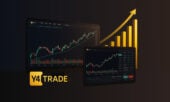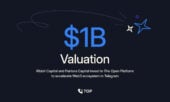Quantitative trading is a method where traders use mathematical models to identify trading opportunities.
This article delves into what quantitative trading entails and how to master it.
What Is Quantitative Trading and How to Master It?
Quantitative trading is a technical field that leans heavily on mathematics and computer algorithms to make trading decisions.
The system works by accessing large data volumes, picking out patterns and executing trades based on those findings. It differs from traditional methods where decisions are more intuitive and less systematic.
Defining Quantitative Trading
At its core, quantitative trading is about removing emotion from the trading process. It involves creating strategies that rely on numerical analysis.
It is a systematic approach. It aims to understand market behaviors through mathematical and statistical modeling. This is to make predictions and execute trades.
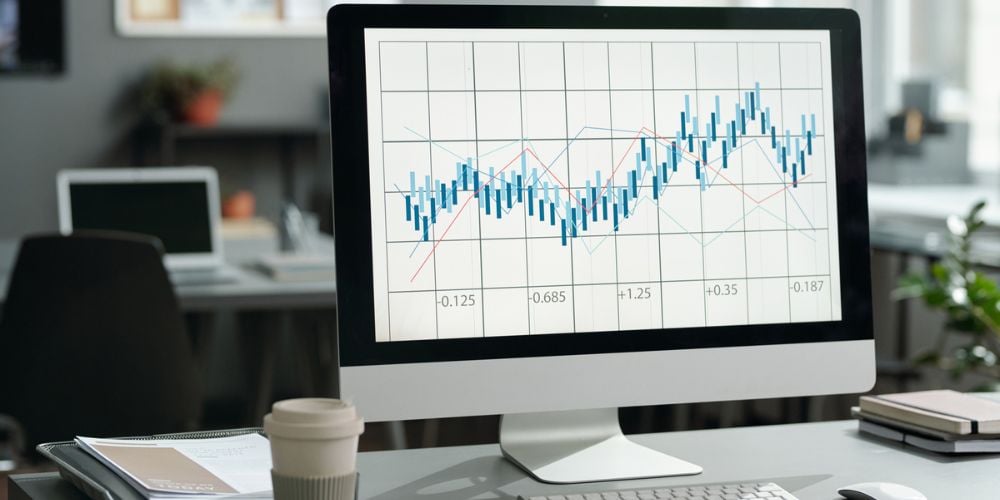
Components of Quantitative Trading
The first component is data. Data can range from historical prices to real-time market feeds. Next, we have statistical models that process this data to identify profitable trading opportunities.
Execution systems are then used to make trades based on the models’ suggestions. Lastly, we have risk management tools essential in protecting investments.
Types of Quantitative Strategies
Many strategies fall under the umbrella of quantitative trading. Statistical arbitrage exploits price differences between similar assets. Algorithmic strategies automate trading rules based on technical indicators.
High-frequency trading operates on a short time scale, using complex algorithms to exploit small price gaps. Lastly, machine learning offers a way to adaptively learn from market data.
Setting Up for Quantitative Trading
Essential Skills and Knowledge
To thrive in quantitative trading, one must be proficient in mathematics. Knowing programming languages like Python, R, and C++ is also critical, as these are the tools that build the foundation of trading models. Moreover, a solid grasp of financial markets is necessary.
Tools and Software
Traders use various platforms and tools such as MATLAB and Python libraries to analyze data. Understanding APIs that offer access to financial data is also vital.
Gathering and Processing Data
Good data is the heart of quantitative strategy. Techniques for data cleaning ensure high-quality information. It’s also crucial to test strategies with historical data to gauge performance.
Developing Quantitative Trading Strategies
Strategy Formulation
Finding inefficiencies in the market is the start. Traders develop assumptions and build models to capture these opportunities.
Backtesting
Backtesting is crucial. It allows traders to see how strategies would have performed in the past.
The focus is on metrics like the Sharpe ratio and drawdowns. However, a key challenge is to avoid overfitting the model to past data.
Implementation and Execution
Once a trading strategy is designed, it is coded into an algorithm. The speed and reliability of execution systems are crucial. Traders must also manage slippage and costs effectively.
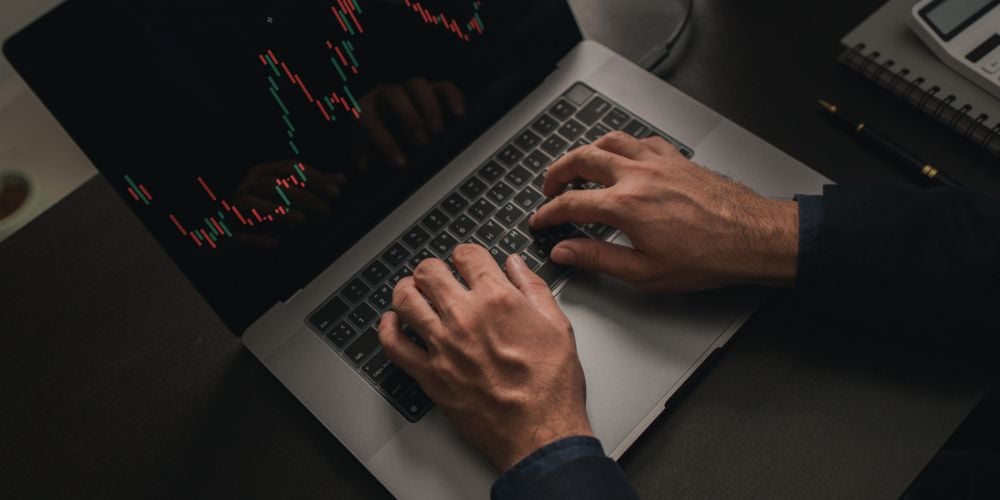
Mastering Quantitative Trading
Continuous Learning and Adaptation
Quantitative trading is dynamic. Continuous learning ensures traders adapt to new conditions. It is essential for long-term success.
Risk Management
Managing risks is as vital as identifying opportunities. Traders use strategies to minimize losses and protect investments.
Achieving Consistency
Using a portfolio of diverse strategies helps in achieving consistency. Discipline is vital in sticking to a trading plan.
Challenges and Limitations
There are challenges like the potential to make errors in a model and the need to comply with regulations. Traders should be aware of such pitfalls as they embark on quantitative trading.
Frequently Asked Questions
How much capital do I need to start quantitative trading?
The capital required to start quantitative trading varies greatly, depending on the strategies and markets you plan to engage in. For individual traders, starting with a few thousand dollars is feasible, but larger scale operations might need significantly more.
Is quantitative trading only suitable for professionals with strong technical background?
While a strong technical background in mathematics, statistics, and programming is advantageous for quantitative trading, motivated individuals can acquire these skills through dedicated study. Various resources and tools are available to simplify aspects of quantitative trading for beginners.
What are the biggest risks in quantitative trading?
The most significant risks in quantitative trading include model overfitting, market regime changes rendering strategies ineffective, high transaction costs eroding profits, and technological issues like software bugs or system failures.
How do quantitative traders handle unexpected market events?
Quantitative traders handle unexpected market events by implementing robust risk management measures, including setting stop-loss limits, using diversification strategies, and constantly monitoring for anomalies in trading algorithms to adjust or halt trading if needed.
Can quantitative trading be applied to all financial products?
Quantitative trading can be applied to most financial products with sufficient liquidity and historical data. However, its effectiveness might vary across different assets due to market dynamics, transaction costs, and data availability.
Conclusion
Quantitative trading is complex but can be rewarding.
By understanding the components, developing strategies, and managing risks, traders can enhance their performance.

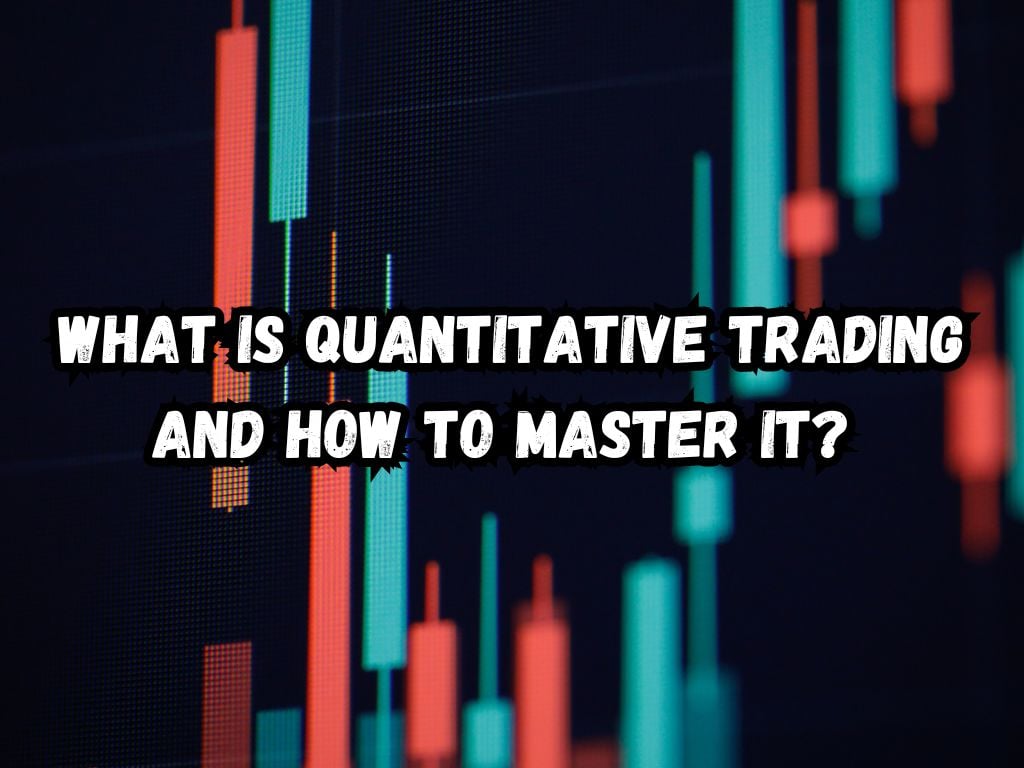
 Tags:
Tags:








